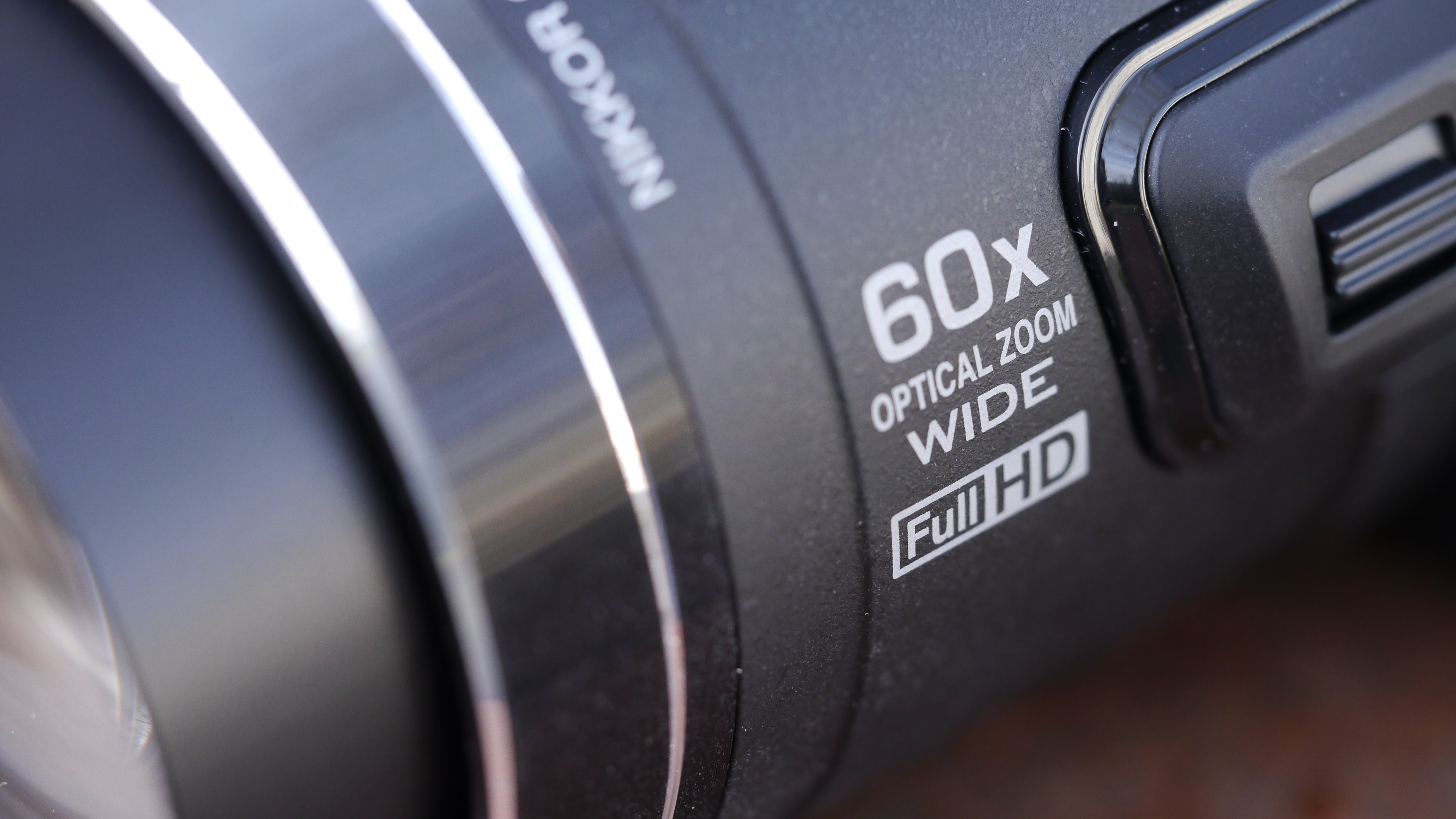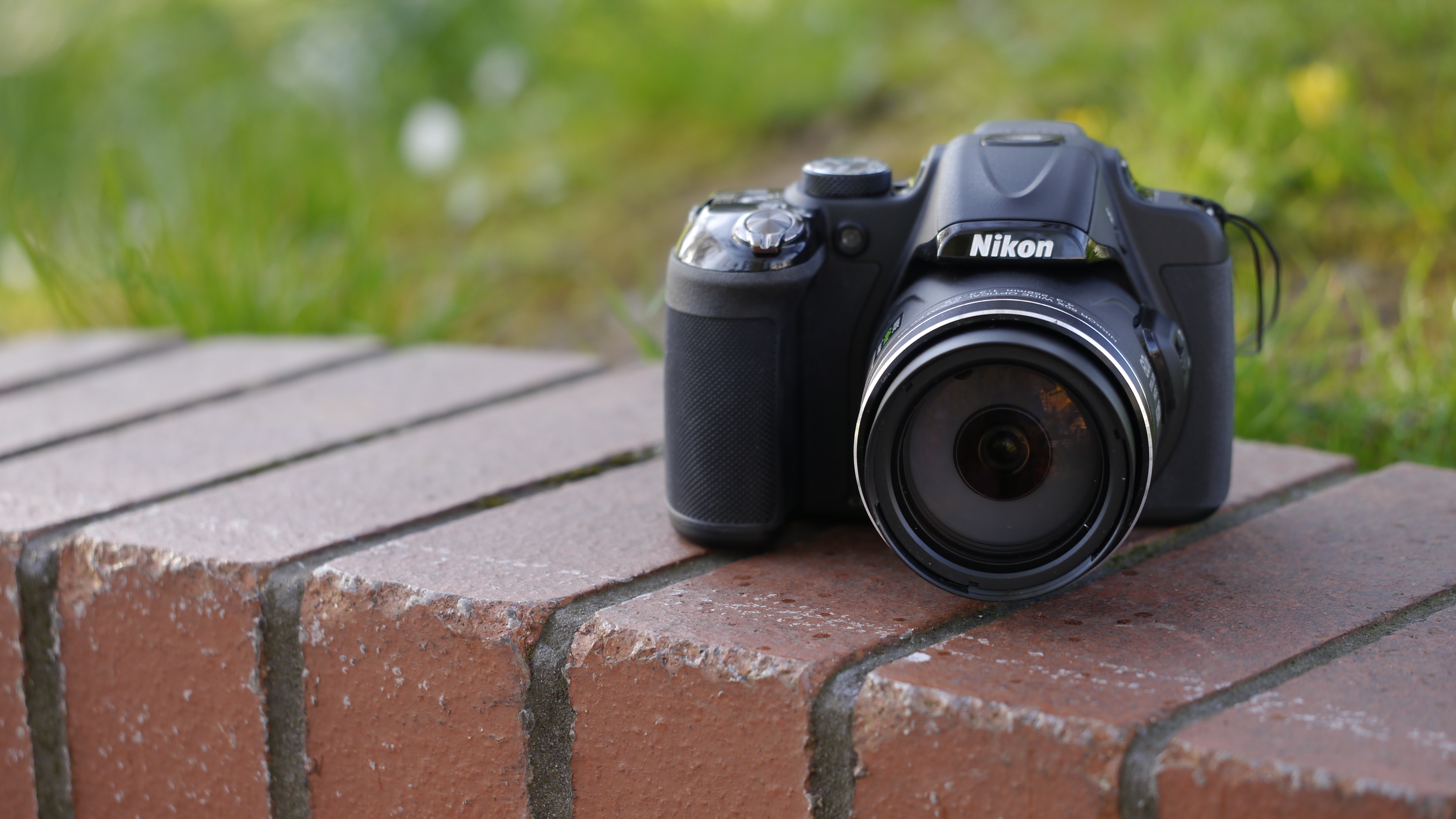Why you can trust TechRadar
Colours straight from the P600 are bright and punchy, producing beautifully saturated tones. It also doesn't seem to suffer from the cyan skies that have blighted some of the other Nikon bridge cameras currently on the market, such as the P530.
Detail is reproduced reasonably well across the frame, and viewing an image at normal printing or web sizes (A4 or below) gives a fantastic impression of detail. If you examine the images at 100%, it becomes clear that even at lower ISOs of 100 or 200, there's a significant loss of detail and a painterly effect that can be seen. Unless you're printing at very large sizes, this shouldn't be a problem, but it's something to bear in mind if you ever want to crop an image.
There are quite a few bridge cameras on the market with a 60x optical zoom at the moment, and as the camera's key selling point, it should be a very good performer. In reality, the optical image stabilisation at the far end of the telephoto zoom is reasonable, if not perfect. If you've got a less than steady hand, you may wish to consider a tripod when shooting at the furthest reach of the 60x optical zoom.

If you need the extra reach, you can activate the digital zoom. This is basically a crop into the image, and although decent if you absolutely need it, is probably best avoided if possible – with a zoom range of 60x, it seems unlikely that you'll need it all too often.
Autofocusing speeds are reasonably quick, locking on to the subject swiftly and accurately. As you can move the focus point around the scene, it gives you greater flexibility for composition. Macro focusing is also good, helping you to produce frame filling detailed shots.
The camera's metering system does a good job of producing accurate exposures on the majority of occasions, in fact I found that I didn't need to dial in some exposure compensation at all during my test.
It's nice to see a range of digital filters available on this camera, but they are a bit hit and miss. I'm a fan of the cross process set of filters available, but some of them leave a bit to be desired. This will of course be down to personal taste though, so it's worth experimenting to see if you like any of them.
Verdict
The bridge camera market is pretty robust at the moment, with 60x optical zooms available from Samsung, Panasonic, Sony and Nikon.
Nikon's P600 sits in the traditional camp, with classic styling and the capability to take full manual control. It has a good range of features, such as the fully articulating screen and built-in Wi-Fi.
There are a couple of reasonably large niggles though that stop it from being even better than it could be. For starters, the fact that you have to press a button to switch between the EVF and the screen makes for a less than pleasing experience. There's also the fact that it can't shoot in raw format, which seems lacking for a camera at this price point.
On the plus side, images are bright and punchy, with a decent level of detail – especially if you're not printing or viewing at huge sizes.
We liked
If you're after a camera which gives you the flexibility of a large zoom range and full manual control, then there's lots to like, while the ability to send images across to your smartphone for quick sharing is appealing. It's a shame there's not a bit more functionality with Wi-Fi though, especially when it comes to remote controlling it via the smartphone app.
We disliked
It's a bit disappointing not see a smoother way of working for a camera of this level and price point. For instance, fitting an eye sensor to the electronic viewfinder would make it a much more natural, traditional way of working. It would also be nice to see a touchscreen here too.
Final verdict
The P600 is a solid bridge camera, and if you have a particular affinity with Nikon then it'll likely be appealing. Its market leading 60x optical zoom gives great flexibility, and built in Wi-Fi is also a great feature to have. It's far from perfect though, and there are still several improvements Nikon could make to make its P series even more appealing.
Amy has been writing about cameras, photography and associated tech since 2009. Amy was once part of the photography testing team for Future Publishing working across TechRadar, Digital Camera, PhotoPlus, N Photo and Photography Week. For her photography, she has won awards and has been exhibited. She often partakes in unusual projects - including one intense year where she used a different camera every single day. Amy is currently the Features Editor at Amateur Photographer magazine, and in her increasingly little spare time works across a number of high-profile publications including Wired, Stuff, Digital Camera World, Expert Reviews, and just a little off-tangent, PetsRadar.

